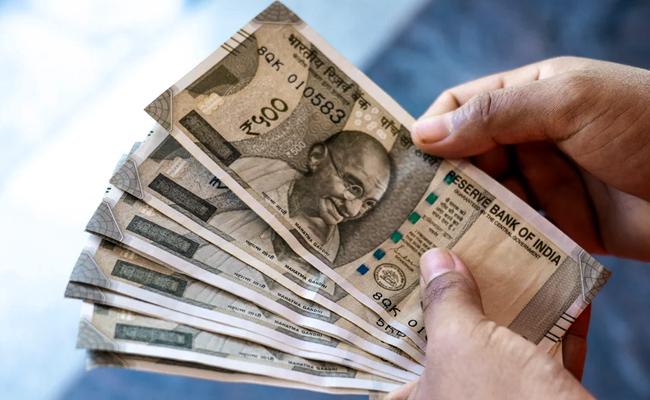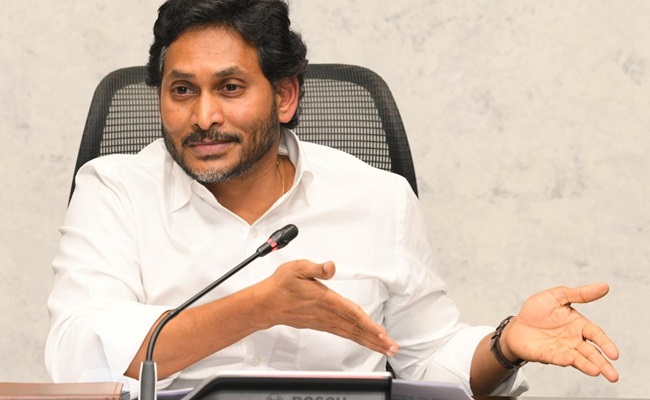
In the small town of Anantapur, the Rao family received a cash transfer from the government as part of a new economic initiative. The Raos, like many others, faced tough financial times and welcomed the immediate relief. They spent the money on essentials—groceries from local shops, medical bills at a private clinic, and school supplies for their children from nearby stores. This infusion of cash not only helped the Rao family but also boosted local businesses.
While direct cash transfers provided quick support to families like the Raos, the government faced criticism for not investing in long-term infrastructure projects. Roads remained in disrepair, and public services were underfunded. Critics argued that infrastructure development creates jobs and improves services, but these projects are expensive and take time to benefit the community.
Additionally, government-led projects often suffer from inefficiency and corruption. Public-Private Partnerships (PPPs) were formed to leverage private expertise and funding for infrastructure projects. However, this shift led to fewer government jobs, impacting those who traditionally relied on public sector employment.
The Raos noticed changes as the private sector expanded. The local toll road, now maintained by a private company, was in much better condition. Private schools offered more educational resources for their children. However, Mr. Rao, who had hoped for a government job, found fewer opportunities available.
To ensure that cash transfers stimulated the private sector, the government provided incentives for spending on private goods and services. This approach helped local businesses thrive, creating a ripple effect of economic growth. With the private sector growing, there was a greater need for education and training to meet higher skill demands. New job opportunities emerged, helping to offset the decline in government employment.
While government spending can be inefficient, the Raos' story illustrates that a balanced approach—combining direct aid and private sector engagement—can promote sustainable development and efficient service delivery. By ensuring that families like the Raos’ spend their money in the private sector, the government can drive economic growth and improve the quality of life for its citizens.
Ram Gudimetla













